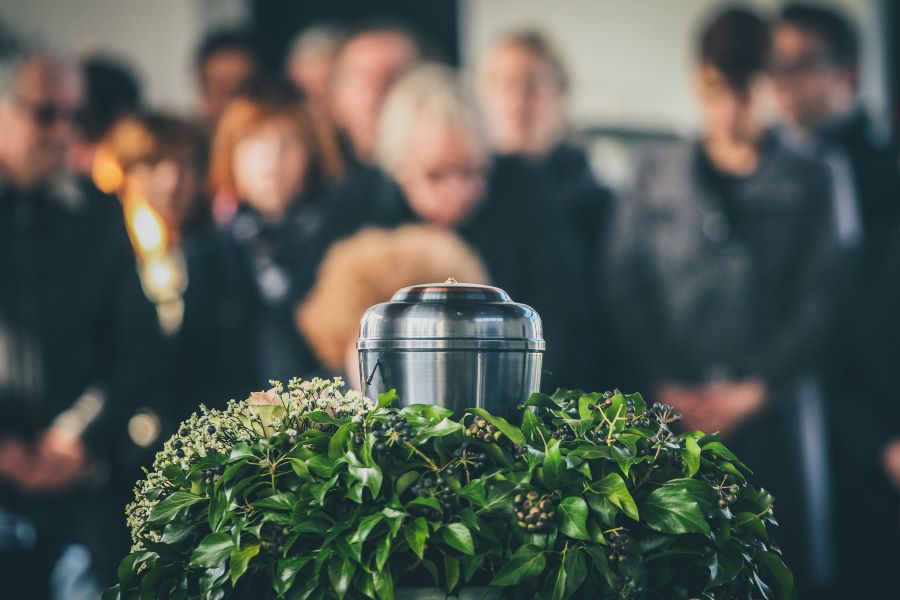A Thoughtful Guide to Cremation Services in Australia: What to Know When Planning Ahead
Cremation is a widely chosen option in Australia, offering families a respectful and often more flexible alternative to traditional services. This article provides a clear and compassionate overview of what cremation involves, the steps to consider when making arrangements, and how families can ensure their choices reflect personal values, wishes, and cultural needs.

How do cremation services work in Australia?
Cremation in Australia is a regulated process carried out by licensed crematoriums. After the necessary documentation is completed, the deceased is placed in a cremation-appropriate casket or container. The cremation itself typically takes 2-3 hours, during which the body is exposed to intense heat, reducing it to ashes. These ashes, also known as “cremains,” are then processed to a fine, uniform consistency and returned to the family in an urn or temporary container.
What are the key steps in arranging a cremation?
Arranging a cremation involves several important steps:
-
Notify the authorities of the death and obtain a death certificate.
-
Choose a funeral director or crematorium to handle the arrangements.
-
Decide on the type of service (if any) to be held before the cremation.
-
Select a casket or container for the cremation process.
-
Determine how you wish to receive the ashes (urn selection, scattering, etc.).
-
Plan any memorial services or celebrations of life after the cremation.
It’s important to communicate openly with family members and respect any pre-arranged wishes of the deceased throughout this process.
Why do people choose cremation over burial in Australia?
There are several reasons why cremation has become a preferred choice for many Australians:
-
Cost-effectiveness: Cremation is often less expensive than traditional burial.
-
Environmental considerations: Cremation generally requires less land use than burial.
-
Flexibility in memorialization: Ashes can be kept, scattered, or incorporated into various memorial options.
-
Simplicity: The process can be more straightforward than arranging a burial.
-
Changing religious views: Many faiths now accept cremation as an appropriate practice.
-
Space constraints: In urban areas with limited cemetery space, cremation offers a practical solution.
What memorial and ashes options are available after cremation?
Australia offers a wide range of options for memorializing loved ones and handling cremated remains:
-
Scattering ashes in a meaningful location (subject to local regulations).
-
Interment in a columbarium or memorial wall at a cemetery.
-
Keeping ashes at home in a decorative urn or memorial object.
-
Creating memorial jewelry or keepsakes containing a small portion of ashes.
-
Planting a memorial tree with the ashes.
-
Underwater memorials in designated reef locations.
-
Launching ashes into space or creating fireworks displays.
Each option offers a unique way to honor and remember the deceased, allowing families to choose a method that best reflects their loved one’s personality and wishes.
What are important planning considerations for families?
When planning for cremation services in Australia, families should consider:
-
The deceased’s wishes: Check for any pre-arranged plans or expressed preferences.
-
Cultural and religious considerations: Ensure the chosen options align with family beliefs and traditions.
-
Budget: Understand the costs involved and explore available options within your means.
-
Timing: Decide whether to have a viewing or service before cremation.
-
Long-term plans for the ashes: Consider where and how you want to keep or scatter the remains.
-
Legal requirements: Familiarize yourself with local regulations regarding cremation and ash scattering.
-
Environmental impact: Explore eco-friendly options if sustainability is a concern.
By addressing these considerations early, families can make informed decisions that honor their loved one’s memory while meeting their own emotional and practical needs.
What are the typical costs associated with cremation services in Australia?
The cost of cremation services in Australia can vary significantly depending on location, chosen services, and additional arrangements. Here’s a general overview of potential expenses:
| Service | Estimated Cost Range (AUD) |
|---|---|
| Basic Cremation (No Service) | $2,000 - $4,000 |
| Cremation with Memorial Service | $4,000 - $7,000 |
| Cremation with Full Funeral Service | $6,000 - $10,000+ |
| Urn | $50 - $500+ |
| Death Certificate | $50 - $100 |
| Celebrant/Clergy Fees | $250 - $600 |
Prices, rates, or cost estimates mentioned in this article are based on the latest available information but may change over time. Independent research is advised before making financial decisions.
It’s important to note that these figures are estimates and can vary based on factors such as location, specific provider, and additional services requested. Some funeral homes offer package deals that may include various elements of the cremation process and memorial services.
When planning for cremation services, it’s advisable to obtain quotes from multiple providers and clearly understand what is included in each package. Many crematoriums and funeral homes offer itemized price lists, allowing families to choose only the services they need or want.
In conclusion, cremation services in Australia offer a respectful and versatile option for end-of-life arrangements. By understanding the process, considering personal preferences, and planning ahead, families can ensure a meaningful farewell that honors their loved one’s memory while meeting their own emotional and practical needs. Whether opting for a simple cremation or a more elaborate memorial service, the key is to make informed decisions that align with personal values, cultural traditions, and financial considerations.




